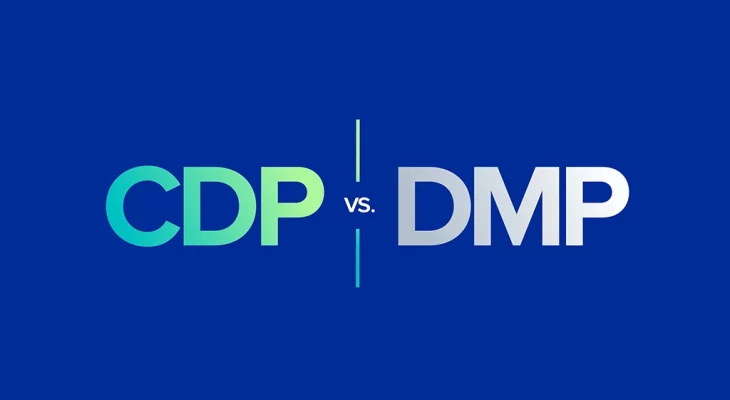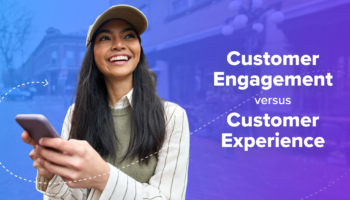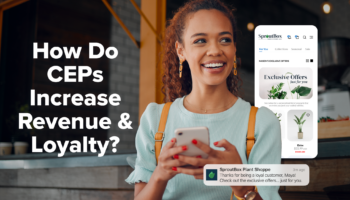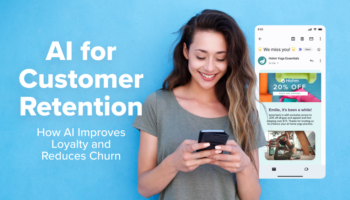Primary Purpose of CDP VS DMP
DMP: Data Management Platforms, or DMPs, help advertisers and publishers buy, sell, and manage digital advertising and optimize media spend by improving audience targeting. DMPs unify, store, and manage anonymous audience and campaign performance data, create rule-based audience segments and connect these audience segments to ad platforms.
DMPs consist mostly of third-party, anonymous audience and campaign performance data generated from digital interactions. They aggregate anonymous web-browser cookies and device IDs that contain audience information such as demographics, past browsing behaviors, interests, location, devices, and limited purchase information. They also enrich audience data with data from external data vendors. A DMP never stores PII (personally identifiable information). While DMPs can onboard offline data, that data must first be anonymized.
DMPs support digital advertising by providing high-value audience segments to target at the cookie-level and optimizing media spend based on segment performance. It should be noted that the future of DMPs has been called into question — Google will be sunsetting cookies by 2022, throwing the world of paid advertising into a tailspin. As new technologies and replacements for cookies emerge, the future of the DMP might change for the better, but the remains to be seen.
CDP: According to the CDP Institute, a CDP, or Customer Data Platform, is “packaged software that creates a persistent, unified customer database that is accessible to other systems.” In practice, this means that CDPs aggregate data from across your business to form a Single Customer View. This enables businesses to move past looking at their data on a channel by channel (or even departmental) basis and allows marketers and other employees to gain access to a holistic view of every customer.
CDPs were created for marketers (regardless of function or team) and built to provide them with data access, activation, control, and speed. Their sole focus is helping marketers deliver more relevant, responsive customer experiences by activating customer data in real-time while cutting out the time-consuming, manual work typically required. Initially, CDPs were not crafted to necessarily replace pre-existing data systems, but rather to unlock value from marketers’ siloed data and use it to drive marketing effectiveness and ROI — though many teams have found that their CDPs can do the job of other legacy platforms (and do it better).
Like other platforms, the CDP and the DMP do overlap — they both manage unknown users. The key difference is CDPs were built with the goal of turning those anonymous users into known users and continuing to track their progress with your brand indefinitely, DMPs simply track unknown users for advertising purposes. CDPs can handle everything from the first touch on, making them the perfect tool to scale data-driven marketing and deliver relevant, real-time customer experiences, regardless of where the customer is in their journey.



